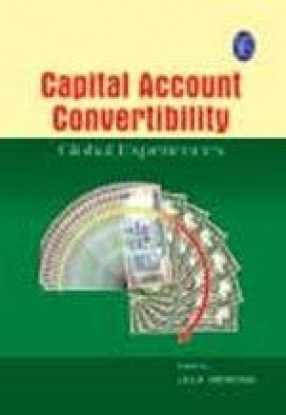Convertibility of a currency implies that a currency can be transferred into another currency without any limitations or any control. A currency is said to be fully convertible, if it can be converted into some other currency at the market price of that currency. The need for the currency conversions arises mainly from foreign exchange transactions. But these foreign exchange transactions are subject to some regulatory restrictions. If currency has to be convertible, it shall not be subjected to these restrictions. Current account convertibility refers to currency convertibility required in the case of transactions relating to exchange of goods and services, money transfers and all those transactions that are classified in the current account. The present book "Capital Account Convertibility – Global Experiences" is divided into three sections. The first section "Overview" discusses the concept of capital account convertibility. It discusses the pros and cons of capital account convertibility. It further helps in understanding the merits and the demerits of capital account convertibility. It also discusses the recommendations of Tarapore committee. It explains the effective road map of fuller capital account convertibility. The second section "Issues and Challenges" contains articles of economy experts on different issues and challenges while implementing capital account convertibility. The third section "Lessons from Global Experiences" explains the experiences of South East Asian Countries towards capital account convertibility. It contains articles on evolution of capital account liberalisation. It briefly describes the Mexican crisis, East Asian crisis, and Malaysia and Thailand experiences.
Capital Account Convertibility: Global Experiences
In stock
Free & Quick Delivery Worldwide
reviews
Bibliographic information
Title
Capital Account Convertibility: Global Experiences
Author
Edition
1st ed.
Publisher
ISBN
8131413845
Length
208p.
Subjects





There are no reviews yet.